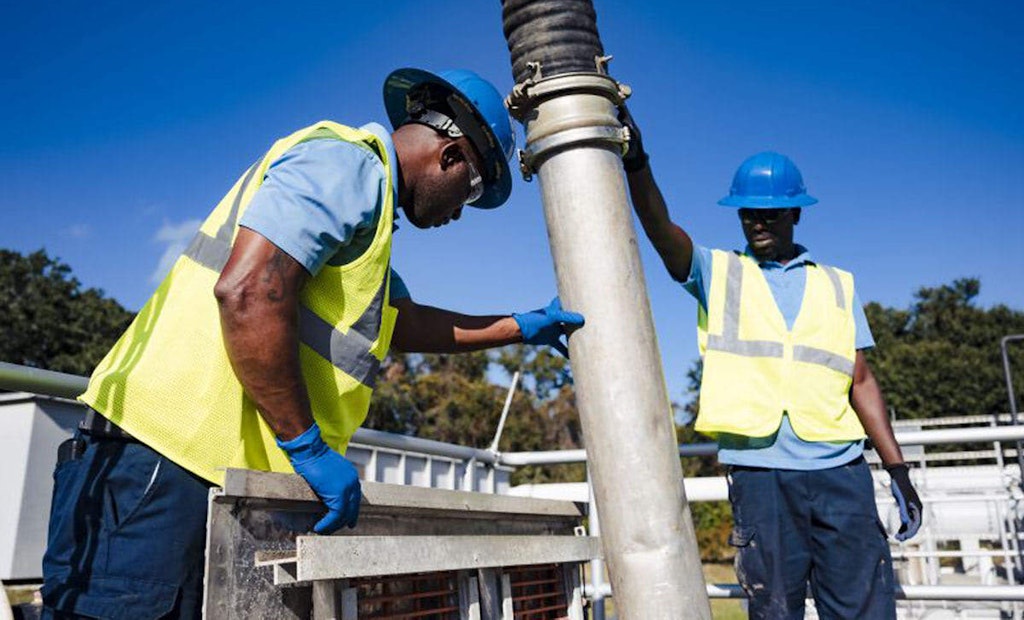What is complacency in the workplace? It can be defined as self-satisfaction, especially when accompanied by unawareness of actual dangers or deficiencies. Complacency is extremely dangerous in the workplace. You get so used to things being done the same way that you do not always...
Complacency in the Workplace
Don’t let little things slip in the name of saving time and money
Popular Stories
Discussion
Comments on this site are submitted by users and are not endorsed by nor do they reflect the views or opinions of COLE Publishing, Inc. Comments are moderated before being posted.






